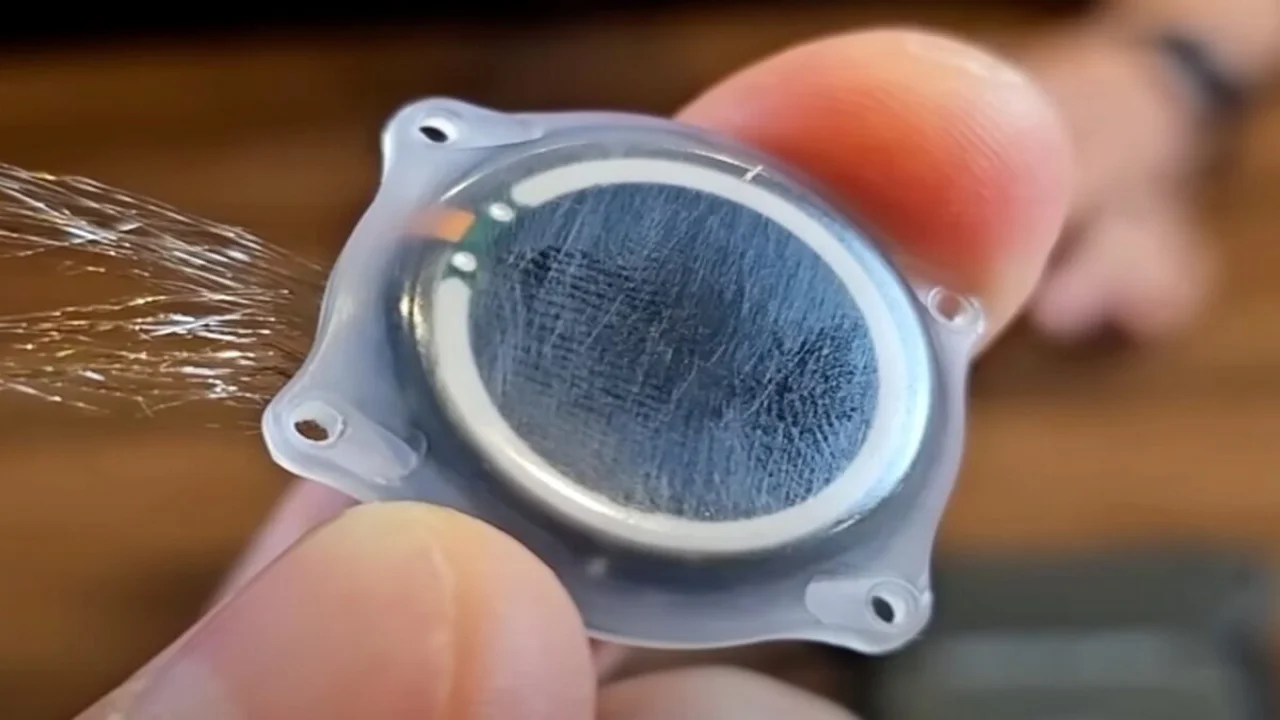Neuralink’s Mind-Blowing Feat: ALS Patient Creates YouTube Video Using Only His Brain
Discover how a nonverbal ALS patient defied limits by editing and narrating a YouTube video with Neuralink’s brain implant—see the tech revolutionizing human potential!

In a groundbreaking leap for neurotechnology, a nonverbal ALS patient has harnessed Neuralink’s brain implant to edit and narrate a YouTube video using only his mind. Brad Smith, the third person globally to receive Elon Musk’s Neuralink chip and the first with amyotrophic lateral sclerosis (ALS), shared his journey in a video demonstrating how the device restores his ability to communicate and create.
ALS, a degenerative disease that attacks motor neurons, gradually strips patients of muscle control, leaving many unable to speak or move. Smith’s implant, embedded in his motor cortex, contains over 1,000 electrodes that translate neural signals into digital commands. Rather than tracking his thoughts, the system decodes his intent to move a cursor—a process Smith refined by visualizing tongue movements and jaw clenching instead of hand motions.
The video reveals Smith editing footage on a MacBook Pro via the brain-computer interface (BCI), a first for Neuralink technology. To narrate, an AI synthesized his voice using pre-ALS recordings, allowing him to speak in his own tone. In a candid moment with journalist Ashlee Vance, Smith expressed relief at abandoning eye-gaze tech, which restricted him to dimly lit rooms. “It’s life-changing to go outside again,” he shared.
Neuralink’s impact extends beyond communication: Smith now plays “Mario Kart” with his children using the implant. “Years of struggle led here,” he told Vance, tearfully reflecting on his renewed purpose.
Elon Musk, who called Smith during a Neuralink team visit, remarked, “This could redefine lives.” The company’s first human trial in January 2024 also empowered quadriplegic Noland Arbaugh, who regained independence through the device.
This article has been fact checked for accuracy, with information verified against reputable sources. Learn more about us and our editorial process.
Last reviewed on .
Article history
- Latest version
Cite this page:
- Posted by Dayyal Dungrela